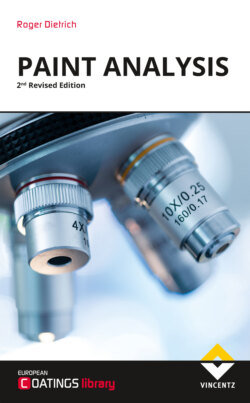Читать книгу Paint Analysis - Roger Dietrich - Страница 43
На сайте Литреса книга снята с продажи.
3.5.5Inappropriate sampling tools and containers
ОглавлениеIf a sudden failure occurs and a quick sampling is required, there is a frequent temptation to grab anything what is available as a tool for sampling. It cannot be stressed enough, that this is not the way it should go. Inappropriate sampling tools or container can ruin the samples or even falsify the results of the analyses. Some extreme examples (that have nevertheless been used in the past) are spoons, randomly picked tissues, toilet paper, industrial paper towels, recycling paper, food containers.
Figure II.20: Some examples of inappropriate sampling tools (that in fact have been used)
Once the sample has been drawn, it is very important to save it in an appropriate container. Sampling vessels should be clean, especially when trace analysis is required. Clean does not mean optically clean but analytically free of traceable residues. For example, it is not best practice to use a second-hand cucumber jar for sampling from a ring line of a paint if a trace analysis afterwards has been planned. In such a case, impurities will certainly be found, but they have nothing to do with the actual problem. Sometimes the impurities caused by sampling cannot be distinguished from the substances that in fact caused the failure. The sampling will also serve at the same time for the preservation of evidence, which means that defects are protected against further impairment such as careless damage or contamination, e.g. by covering them.
